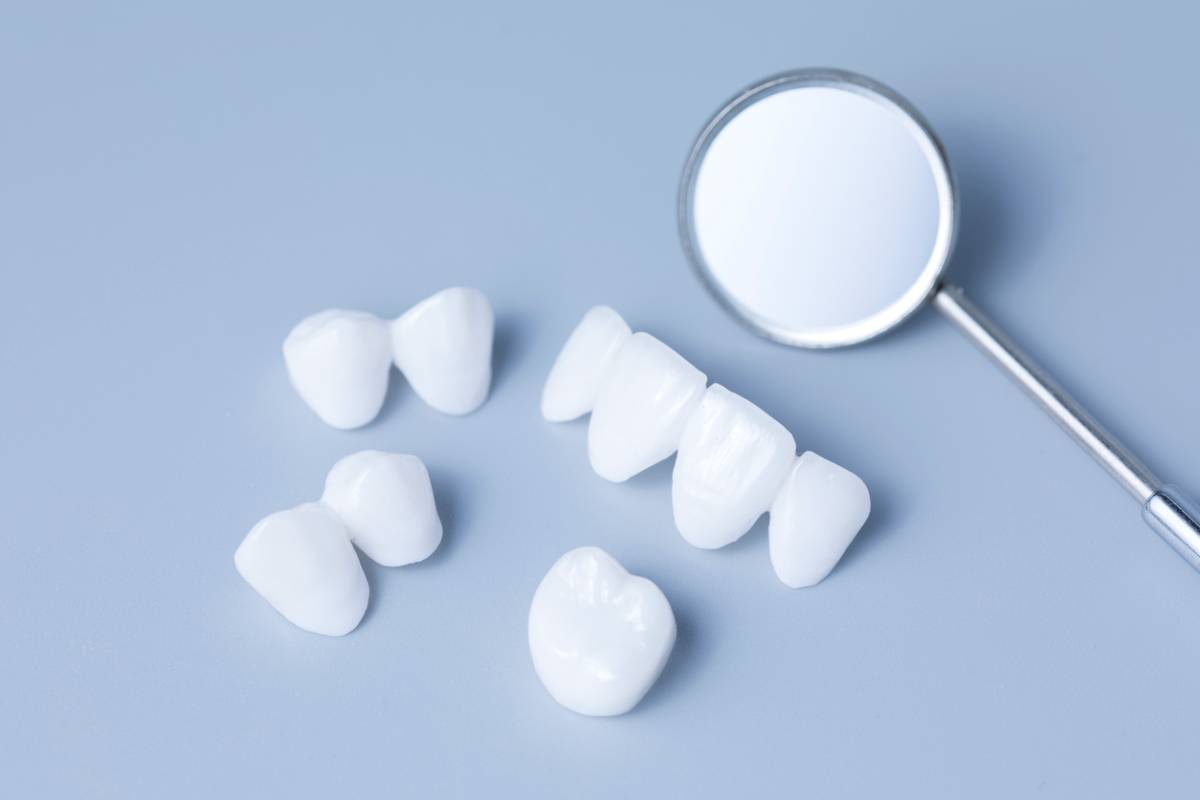Dentists often use dental bridges to help people who are having difficulty chewing or speaking because of missing teeth. Bridges are the ideal solution for your dental health if you have a broken tooth and you don’t want to get a permanent implant. Below we have our dental bridges aftercare guide.
Dental Bridges Aftercare Guide
When you sign up for dental bridges in Glendora, you are getting a full health experience. From your initial consultation to the days following your treatment, we will help you recover in the best way possible. Below, we have outlined a simple dental bridges aftercare guide so you can get a better understanding of what to expect.
Benefits of Dental Bridges
Why get dental bridges in the first place? Why to patients choose this procedure over something like dentures or implants? There are many perks that this kind of dental treatment can bring, including:
Dental Bridges Keep Your Facial Shape
Without a dental bridge, the gap between two of your natural teeth may start to close. The teeth on either side will want to move in to fill in those gaps, which can cause misalignment and damage the structure of your teeth. In order to maintain a good facial shape, you can get dental bridges put in.
Dental Bridges are Great for Speech
Dental bridges can restore your speech patterns back to normal. If you have been missing a tooth for a while, you may have noticed that your speech is affected. Trying to speak with gaps in your mouth can be difficult, but dental bridges can restore regular speech and fortify the structure of your jaw.
Dental Bridges Give You a Great Smile
There are some cosmetic dentistry benefits of dental bridges as well as the restorative benefits. A dental bridges specialist can help straighten and brighten your smile, which will make you feel more confident in all future photos.
Aftercare: Recovering from Anesthesia
Anesthesia will likely be required for the procedure of getting dental bridges placed. If this is the case, it may be best to refrain from chewing hard foods such as candy or vegetables for a while. The sedative’s numbing effect can make it more likely that you will bite your lips, cheeks, or tongue. You should not chew on the crown as it can become loose and fall out. You will need to make sure that the temporary crown is not removed during recovery.
Recovery: What Not to Do
You will need to refrain from eating anything too hot or cold for a few days. You may find some foods too difficult to consume. Avoid chewing gum or ice on the crown area. This could cause damage to the implant. Your dentist can fix any problems with your bite, such as a swollen or distorted bite.
Recovery: What to Do
Continue to floss and brush your teeth as usual. The crown is made from porcelain but it can still be damaged and decayed just like natural teeth. You wouldn’t want to do any damage to your crown like you would to other teeth. Treat your new bridges like an extension of yourself and invest in good daily oral hygiene.
Getting Immediate Results After Treatment
The results are almost immediate after the procedure has been completed. While you heal, there may be some discomfort and pain in the area. You might consider taking some time off work to rest and relax. Within a week, swelling and inflammation should disappear from the cheeks and mouth. Although the bridge may initially feel awkward, it will become a part of your mouth.
Learn More About the Benefits of Dental Bridges Today!
Dental bridges can be used to support you in the areas you have missing or damaged teeth. Your dental health will worsen the longer you wait before you restore function to your mouth. You don’t have to struggle with inability to chew or swallow, speak, or smile. Instead, invest in dental bridges at your local office of cosmetic dentistry in Glendora. Schedule a personal consultation to learn more about how you can benefit greatly from dental bridges today!







